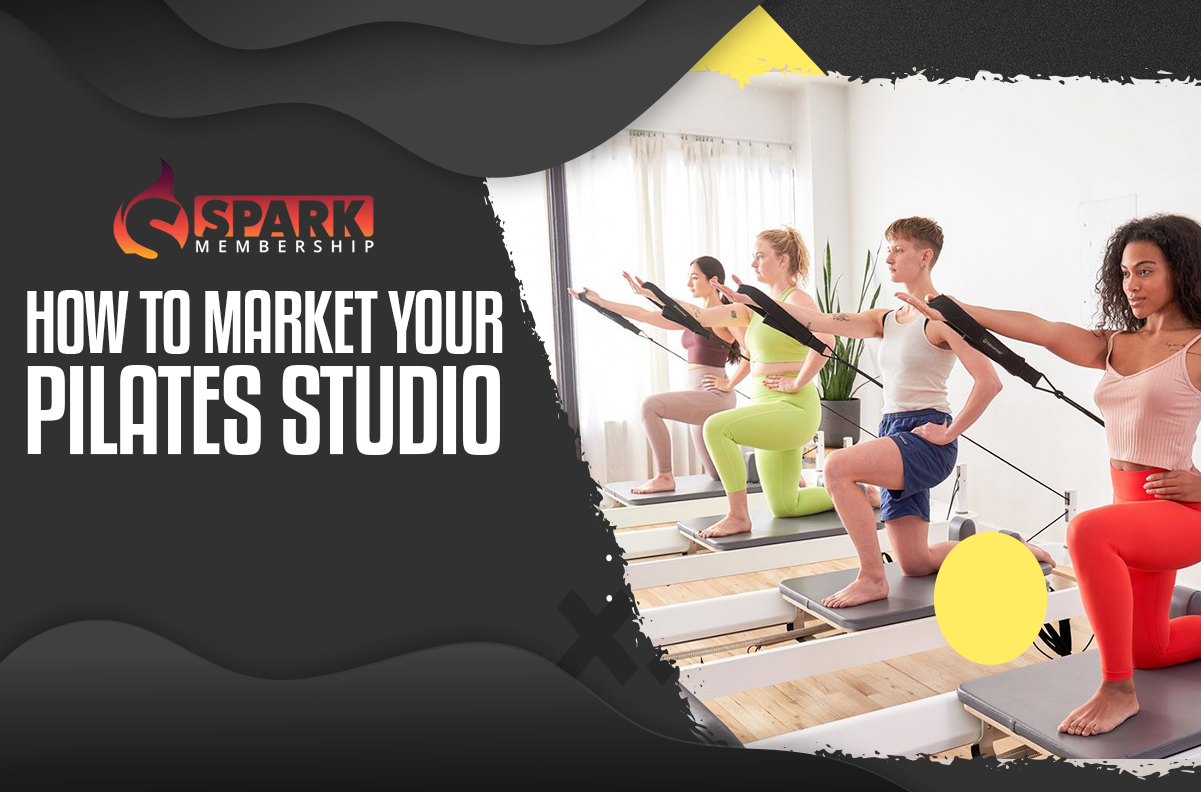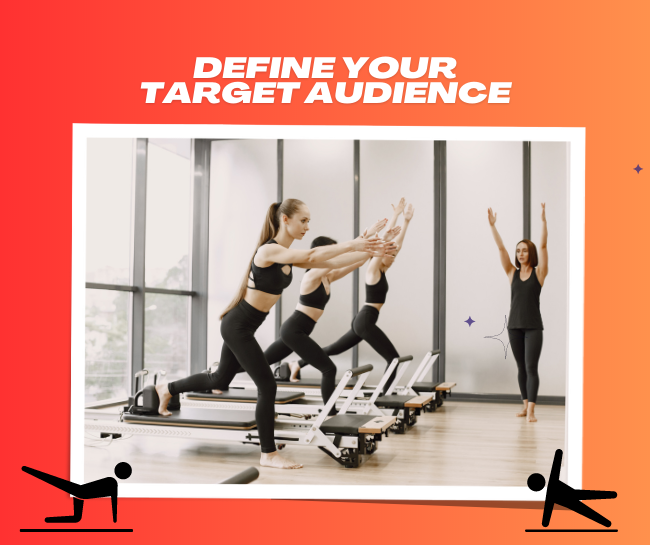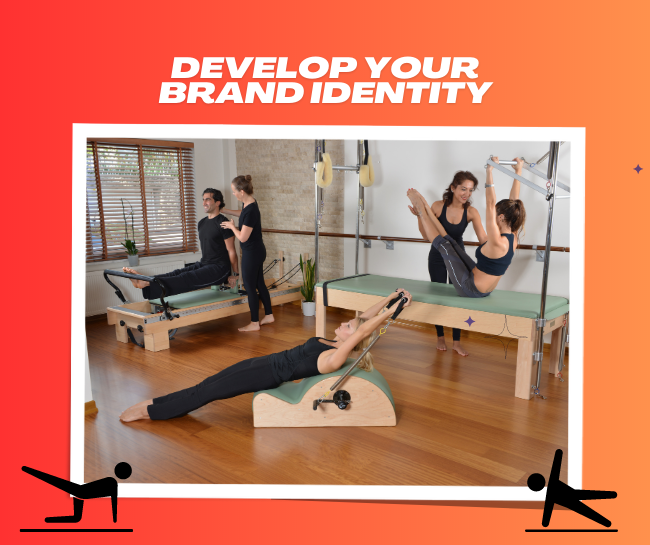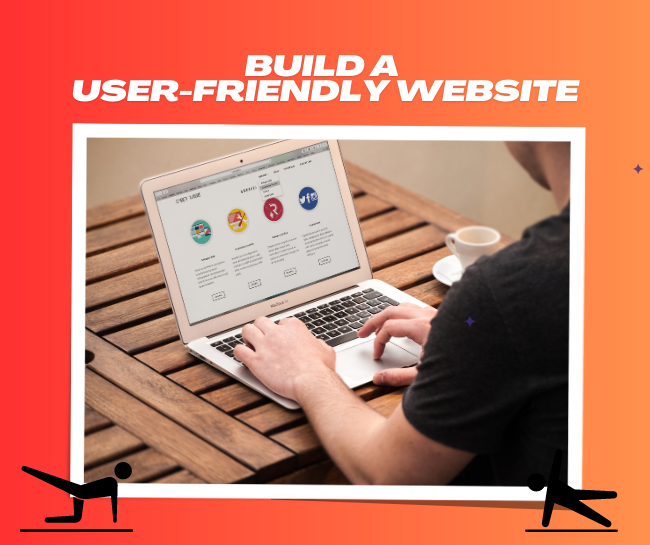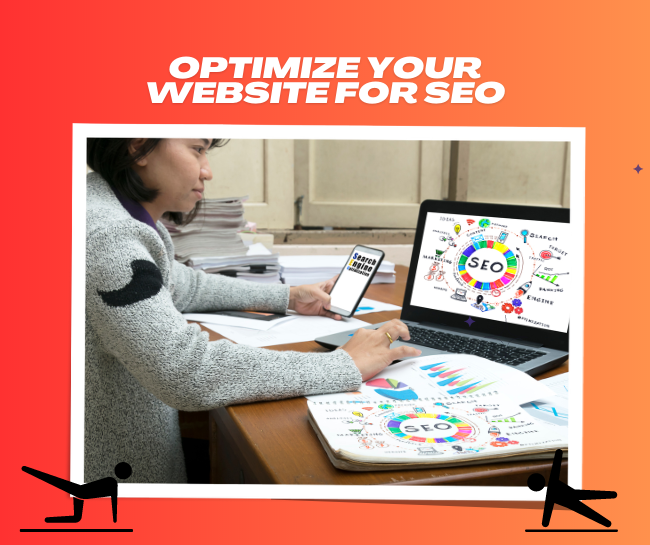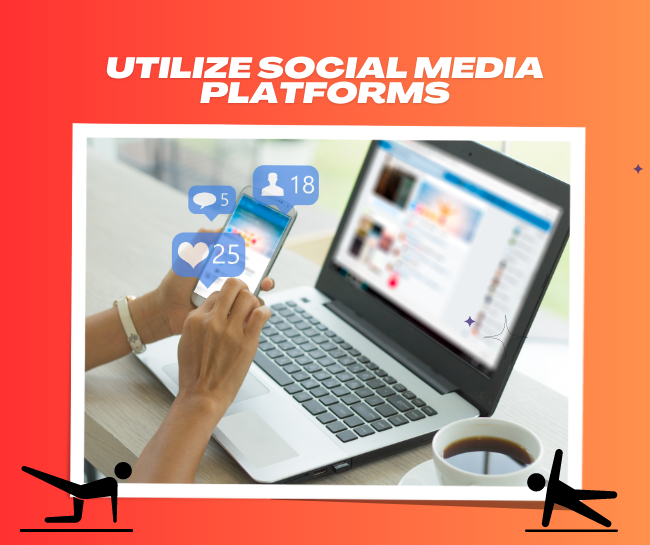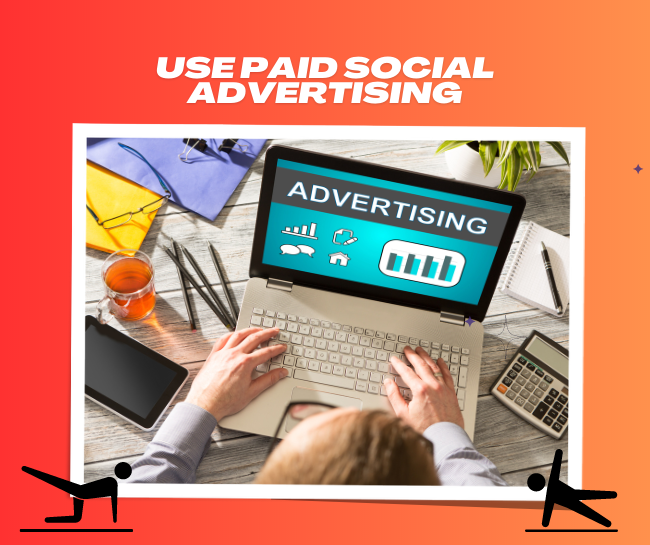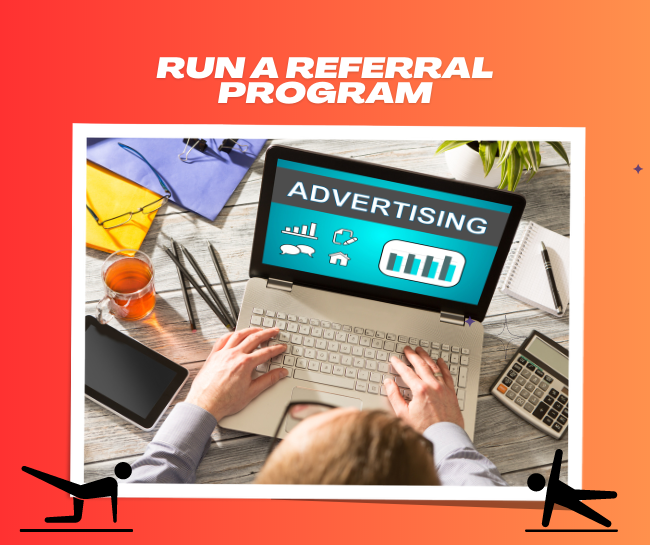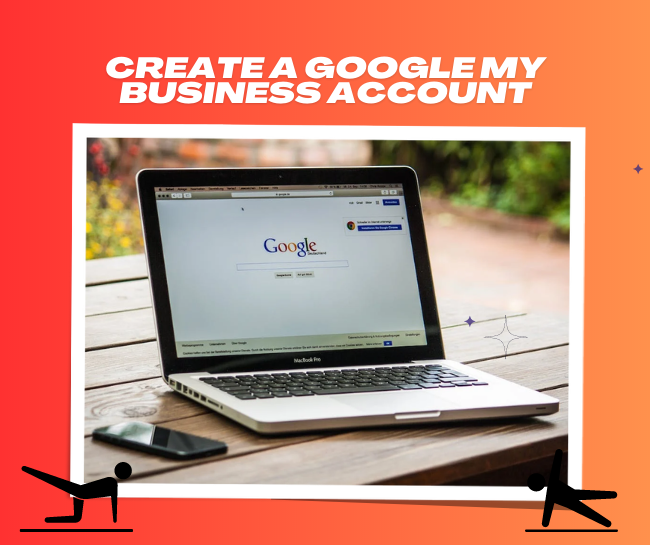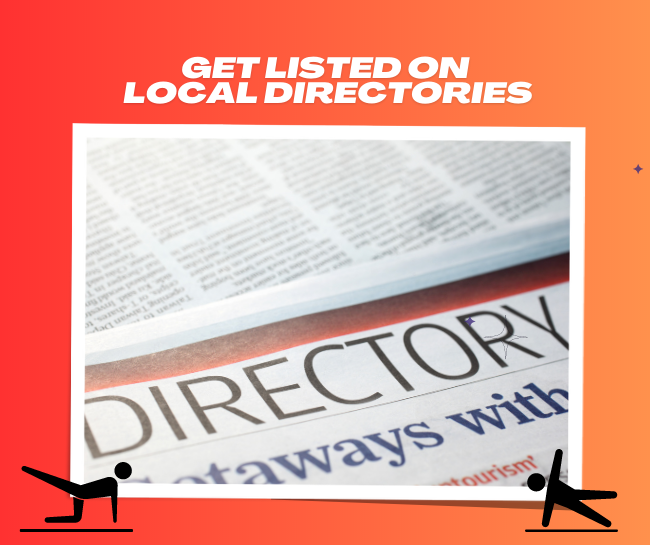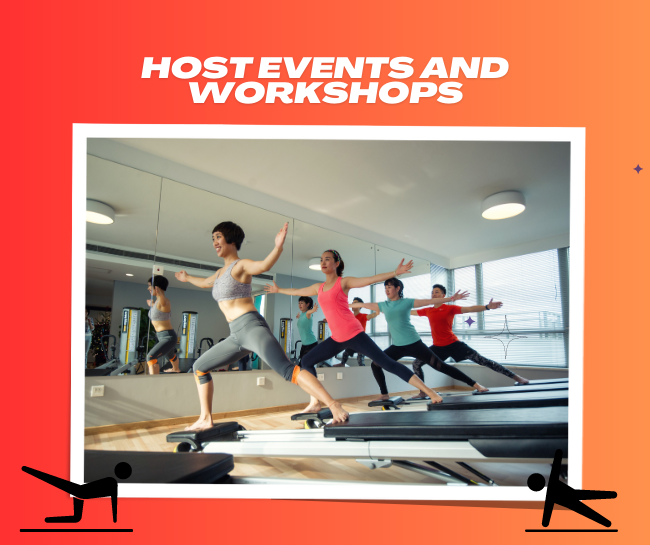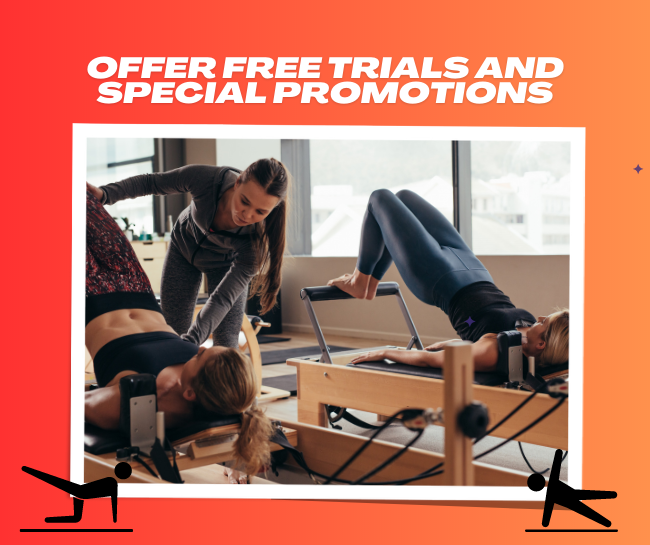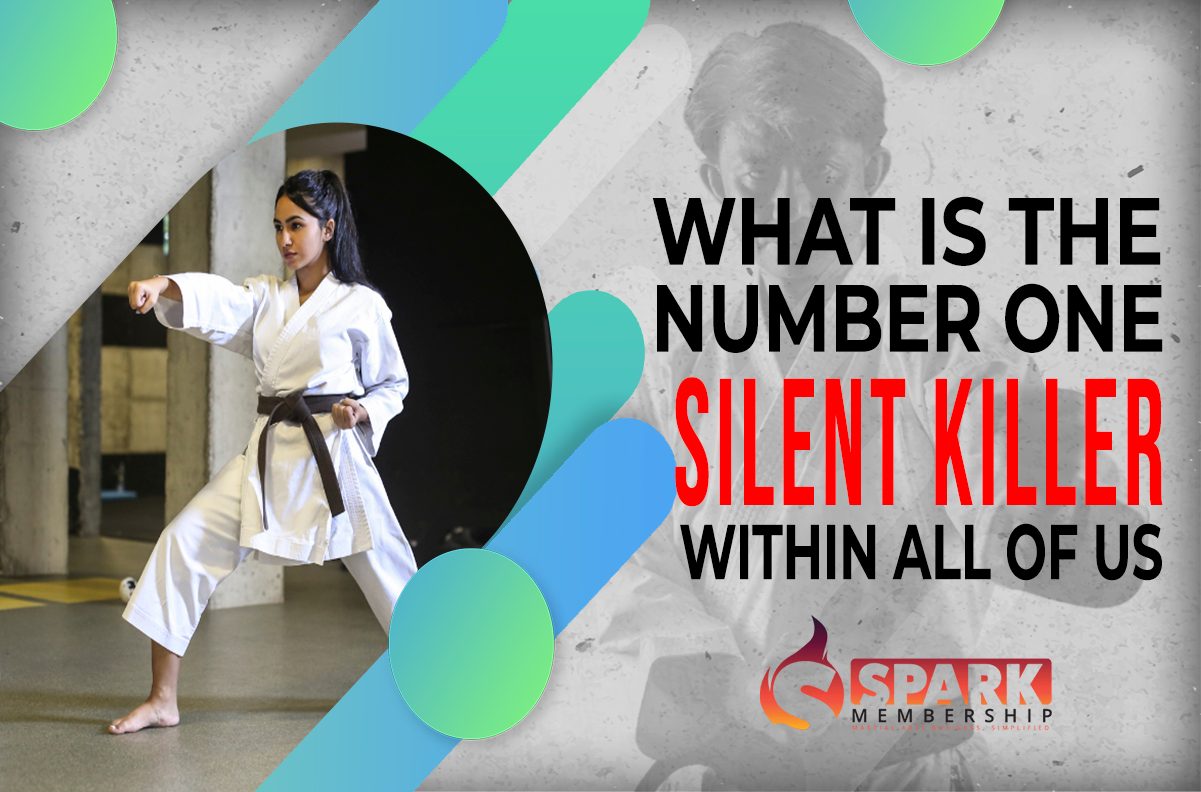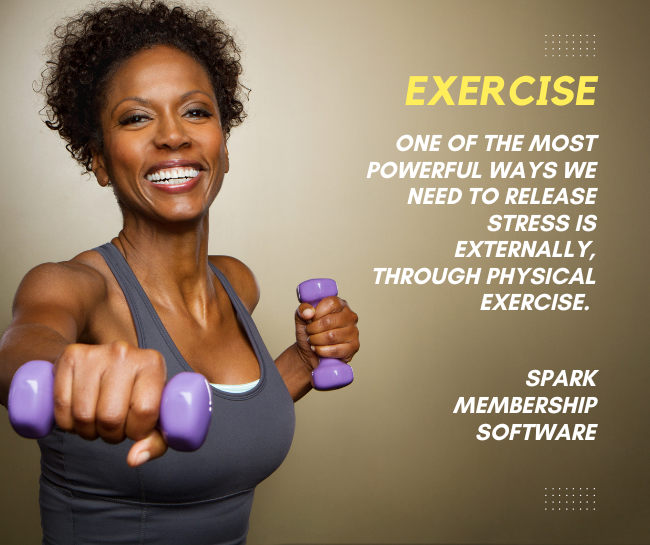
The rise of High-Intensity Interval Training (HIIT) has revolutionized the fitness industry, offering maximum results in minimal time. But what makes HIIT stand out is not just its efficiency, but the variety and dynamism it brings to the workout regime. This is where “HIIT Class Ideas” play a pivotal role. Crafting a HIIT class that’s both challenging and engaging demands creativity and expertise. For fitness instructors, diving into diverse HIIT class ideas can be the key to retaining clients and ensuring they achieve their fitness goals.
As we delve into this guide, we’ll explore the nuances of HIIT, providing a roadmap for instructors eager to elevate their class experiences.
How do you create a HIIT class?
HIIT’s success depends on intensity, structure, variation, and motivating instructors. Effective classes fuse core principles with innovation.
Understanding the Basics: What is HIIT?
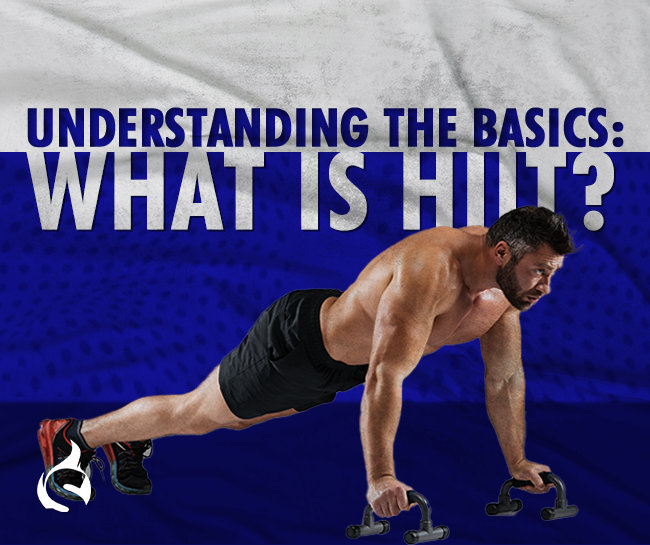
HIIT, or High-Intensity Interval Training, is a workout methodology that alternates between intense bursts of activity and periods of less-intense activity or even complete rest. The idea is to push your body to its limit during the high-intensity phases, burning maximum calories in a short span and promoting faster muscle growth and endurance. This contrast of pushing hard and then resting ensures that the body doesn’t adapt to one type of activity, leading to more significant results in less time.
The Instructor’s Role in Crafting HIIT Classes
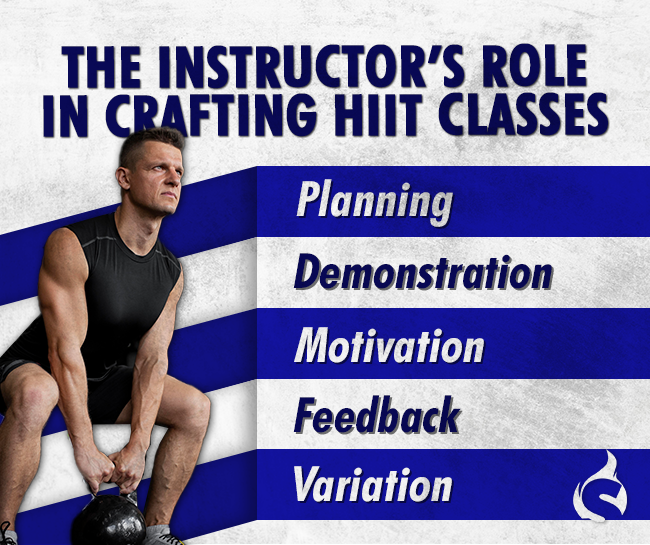
Instructors are the heart and soul of a HIIT class. They provide the energy, motivation, and expertise required to guide participants safely through the rigorous demands of HIIT. Here’s a breakdown of what instructors should focus on:
- Planning: Before stepping into the class, instructors should have a clear plan. This includes choosing exercises that target different muscle groups, deciding on the duration of each interval, and determining the rest periods. It’s also essential to have alternative exercises ready for participants at different fitness levels.
- Demonstration: Each exercise should be clearly demonstrated, emphasizing proper form. This not only ensures safety but also ensures participants get the maximum benefit from each movement.
- Motivation: High-intensity doesn’t just refer to the physical aspect but the mental one as well. Instructors need to motivate participants to push past their perceived limits. This can be through positive reinforcement, playing energetic music, or even sharing success stories.
- Feedback: Post-session, it’s vital for instructors to gather feedback. Understand what participants enjoyed, what they found challenging, and what they’d like more of. This helps in refining future classes.
- Variation: The beauty of “HIIT Class Ideas” lies in the variation. Regularly introduce new exercises or tweak existing ones. This keeps participants engaged and ensures they’re constantly challenged.
💡 In essence, creating a HIIT class goes beyond just selecting a set of exercises. It’s about understanding the philosophy of HIIT, mixing it with the instructor’s unique style, and ensuring participants leave the class feeling accomplished, albeit exhausted.
What Are the 3 Key Elements of Hiit Workouts That Make Them Effective?
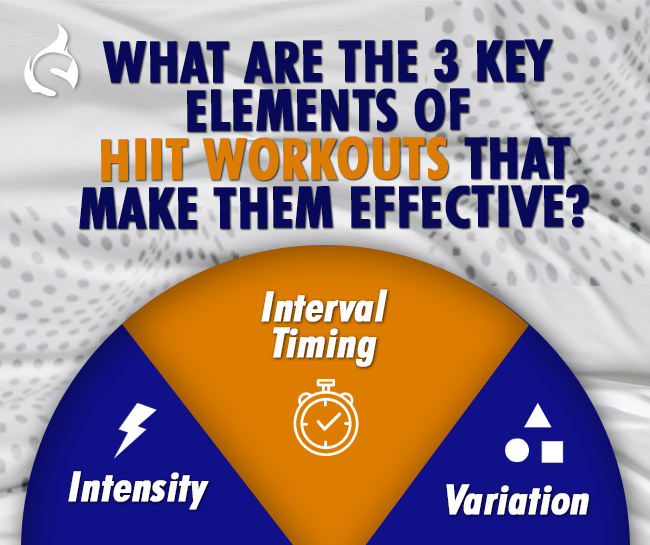
HIIT workouts have surged in popularity across fitness circles worldwide. This acclaim isn’t just a trend; it’s anchored in three foundational elements that drive its efficacy: intensity, interval timing, and variation. Let’s break down these components to grasp the essence of HIIT’s success.
- Intensity: Pushing Beyond Limits
The cornerstone of HIIT is intensity. Participants should be pushing themselves close to their limit during the high-intensity intervals. This amplifies calorie burn and muscle engagement.
- Interval Timing: The Science Behind Rest and Work Phases
There’s art in deciding the length of active and rest intervals. Balancing these durations affects the workout’s efficacy. Typically, the high-intensity phase lasts anywhere from 15 seconds to a minute, followed by a rest phase that can be equally long or even longer.
- Variation: Keeping the Body Guessing
The essence of a good HIIT workout lies in its unpredictability. Changing up exercises not only keeps participants engaged but also challenges different muscle groups, preventing plateaus in progress.
How Many Exercises Should Be in a HIIT?
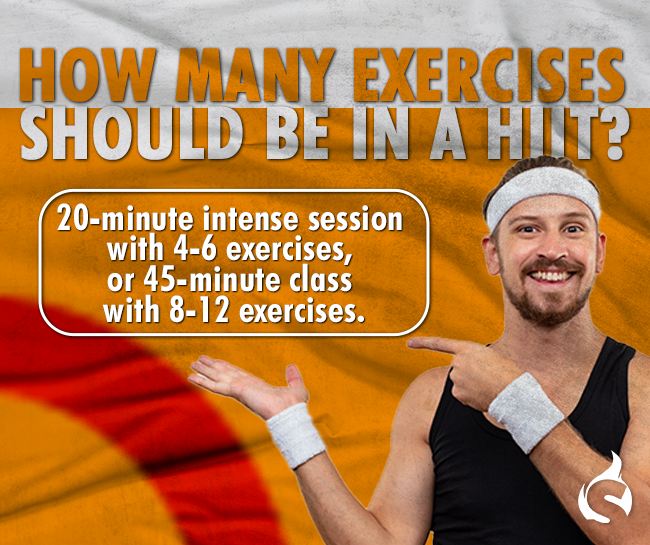
Effective HIIT emphasizes strategic exercise selection for full-body engagement, targeting various muscle groups.
💡 Optimal exercises vary with class duration and intensity. Example: 20-minute intense session with 4-6 exercises, or 45-minute class with 8-12 exercises. Prioritize form and effort for quality.
How do you create a periodized training program?
Periodization optimizes training, prevents injuries, and aids recovery. For HIIT, it’s vital to ensure sustainability. Crafting a periodized program involves these steps:
- Understand the Goals:
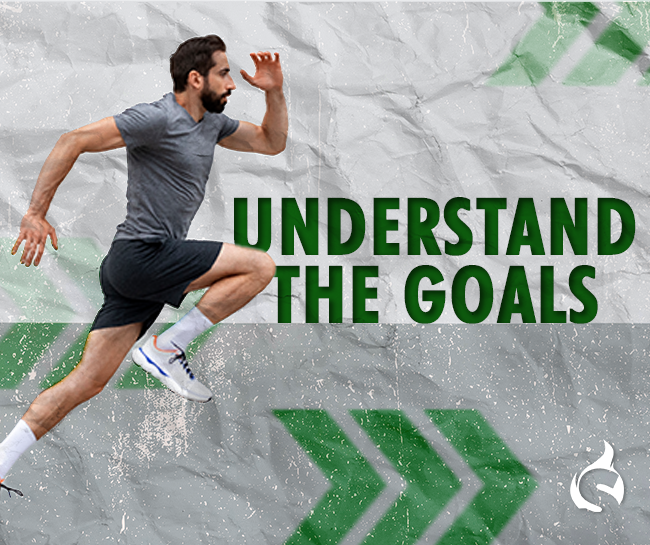
Before delving into the specifics of structuring the program, it’s crucial to understand the primary goals of the participants. Are they training for a particular sport or event? Do they aim for fat loss, muscle building, or overall endurance improvement? The answers to these questions will influence the program’s structure.
- Establish the Training Cycles:
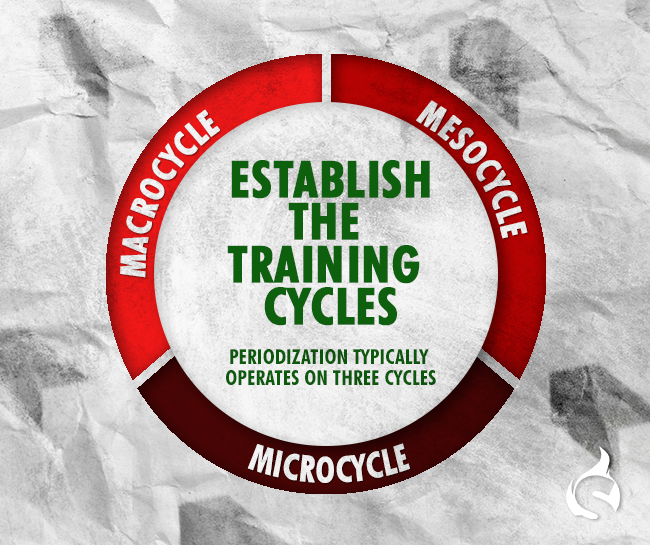
Periodization typically operates on three cycles:
- Macrocycle: This is the longest of the three cycles, often encompassing an entire year or season.
- Mesocycle: A subdivision of the macrocycle, mesocycles might last several weeks to a couple of months. They target specific physiologic adaptations like endurance or strength.
- Microcycle: This is the shortest cycle, typically lasting a week, detailing the specifics of the workouts in that duration.
- Determine Training Phases:
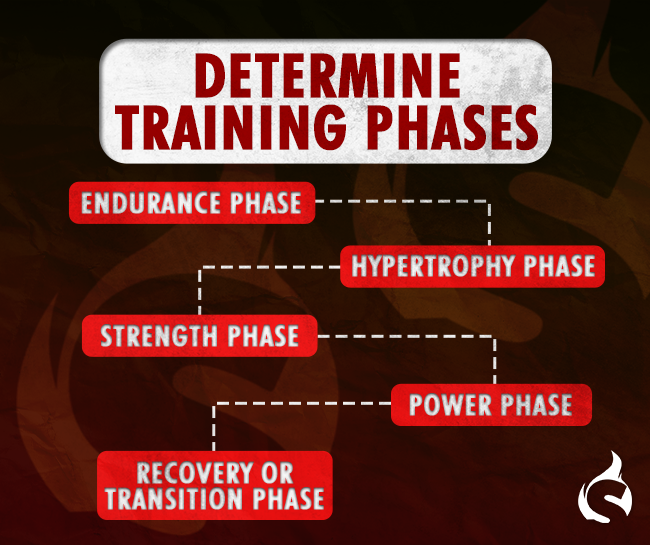
These phases, which fit within the mesocycles, define the particular focus of the training during that period. Common phases include:
- Endurance Phase: Focus on improving cardiovascular capacity and muscular endurance.
- Hypertrophy Phase: Aimed at muscle growth.
- Strength Phase: Focuses on increasing muscle strength.
- Power Phase: Prioritizes enhancing an individual’s ability to use their strength quickly.
- Recovery or Transition Phase: Active rest, allowing the body to recuperate.
- Incorporate Variation:
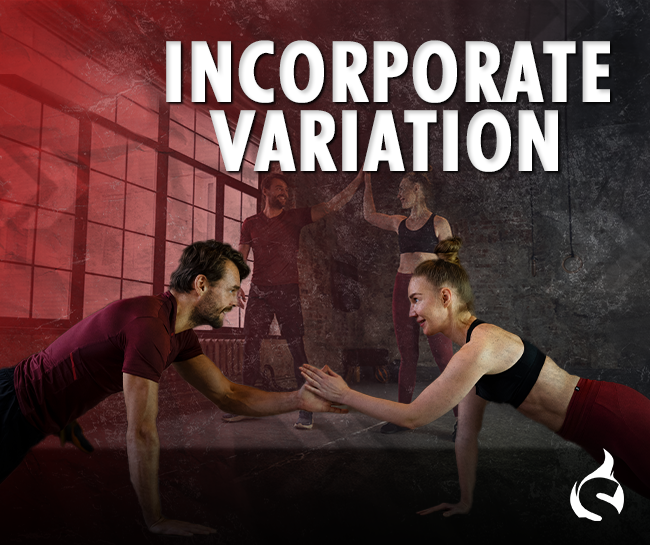
It’s crucial to keep things fresh and reduce the risk of plateau. As the body adapts to stress, changes in exercises, intensity, or interval lengths can stimulate further growth and prevent stagnation.
- Schedule Deload Weeks:
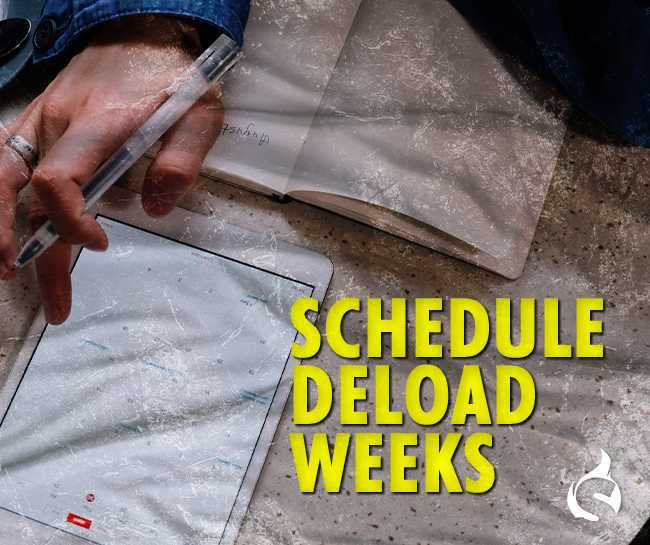
These are periods, typically a week, where the training intensity and volume are decreased intentionally. Deload weeks help in recovery, reduce the risk of overtraining, and prepare the body for the upcoming heightened intensity.
- Monitor and Adjust:
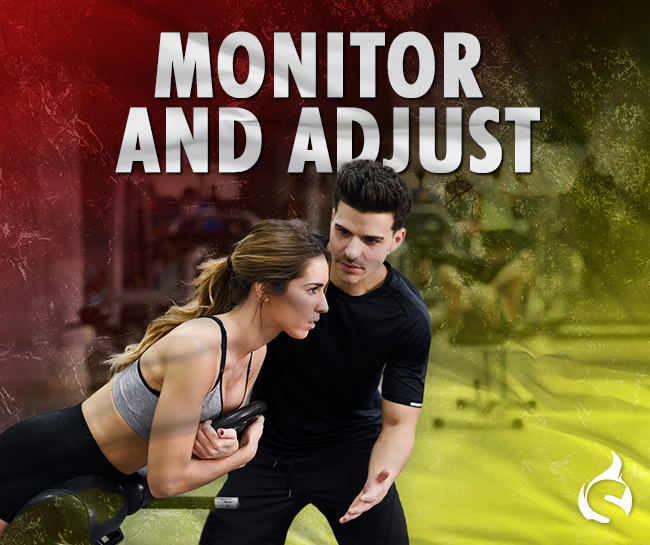
Regular assessment is the backbone of any successful periodized program. Track participants’ progress and get feedback. If goals are not being met, or if participants find the program too challenging or too easy, adjustments might be needed.
- Emphasize Recovery:
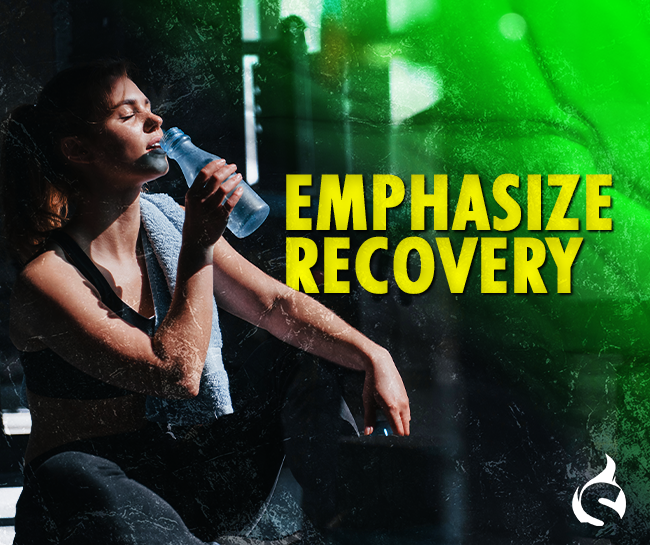
Apart from deload weeks, regular recovery methods, such as proper nutrition, sleep, and possibly incorporating techniques like foam rolling or stretching, are essential.
💡 Crafting a periodized HIIT program requires a balance of knowledge, adaptability, and keen observation. By focusing on these elements, instructors can provide a structured, efficient, and goal-oriented training experience for their participants.
Additional Tips for Instructors
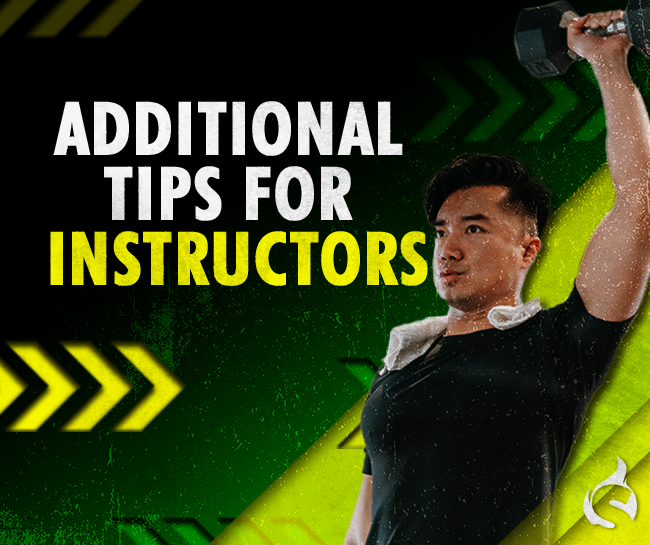
As a HIIT instructor, it’s not just about understanding the science and technique of the workouts, but also about nurturing an environment where participants feel motivated, safe, and seen. Here’s a collection of tips, condensed into bite-sized wisdom, to help instructors stand out and deliver an unparalleled HIIT experience:
- Continuously update your knowledge on HIIT trends and research.
- Begin every session with a dynamic warm-up to prep the body.
- Always allocate time post-HIIT for stretching and relaxation.
- Adjust workouts to cater to individual fitness levels.
- Curate playlists that align with the workout’s intensity.
- Regularly seek and act upon feedback from participants.
- Always prioritize participants’ safety above pushing limits.
- Maintain eye contact, use participants’ names, and show enthusiasm.
- Change exercises often to avoid monotony and plateaus.
- Acknowledge and cheer on participants’ achievements, however minor they might seem.
With these tips in mind, instructors can cultivate a vibrant, effective, and loyal HIIT community, driving both results and positive rapport.
Arming yourself with innovative HIIT Class Ideas is the key to offering dynamic and result-driven sessions for your participants. With the insights gained from this guide, you’re now better equipped to curate workouts that not only challenge but also inspire. Remember, in the world of HIIT, it’s not just about intensity; it’s about understanding, adaptation, and the pursuit of excellence. Keep pushing boundaries and let your classes be the beacon of transformative fitness experiences.
Elevate your HIIT classes with Spark Membership Software – the #1 choice for seamless setup and budget-friendly management.
